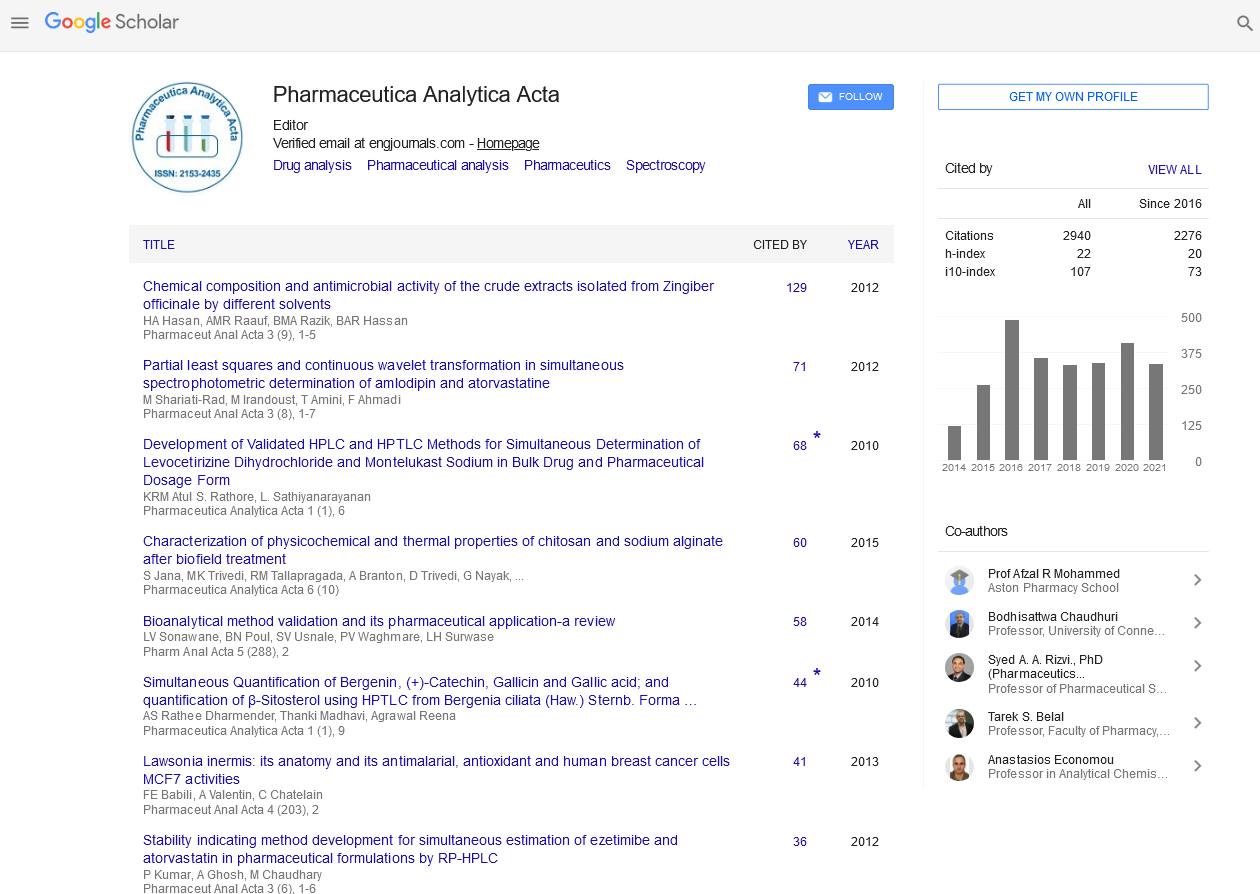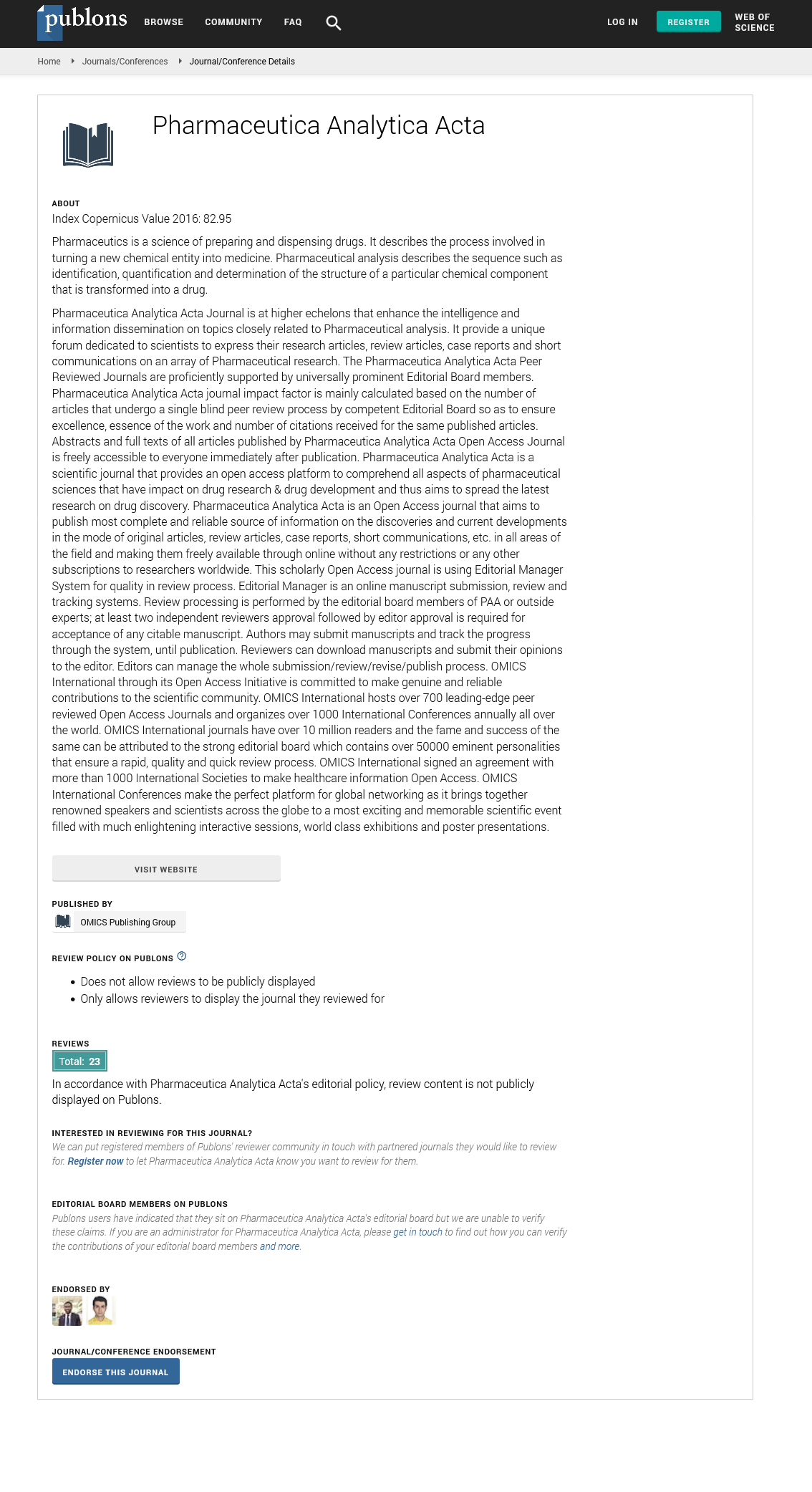Indexed In
- Open J Gate
- Genamics JournalSeek
- Academic Keys
- JournalTOCs
- The Global Impact Factor (GIF)
- China National Knowledge Infrastructure (CNKI)
- Ulrich's Periodicals Directory
- RefSeek
- Hamdard University
- EBSCO A-Z
- OCLC- WorldCat
- Publons
- Geneva Foundation for Medical Education and Research
- Euro Pub
- Google Scholar
Useful Links
Share This Page
Journal Flyer

Open Access Journals
- Agri and Aquaculture
- Biochemistry
- Bioinformatics & Systems Biology
- Business & Management
- Chemistry
- Clinical Sciences
- Engineering
- Food & Nutrition
- General Science
- Genetics & Molecular Biology
- Immunology & Microbiology
- Medical Sciences
- Neuroscience & Psychology
- Nursing & Health Care
- Pharmaceutical Sciences
Abstract
Emergence of Carbapenemase Producing Pathogens in Animals
Monika Bhardwaj, Bhoj R Singh, M Senthil Murugan, Prasannavadhana and Sakshi Dubey
Carbapenems are beta (β)-lactam antibiotics active against wide range of bacteria. Carbapenem resistance may be outcome of efflux pump activation, alteration in protein binding proteins, production of carbapenemases which degrade carbapenems. There are number of bacteria producing different types of carbapenemases like NDM (Enterobacteriaceae), IMP (Pseudomonas aeruginosa), IMI (Enterobacter cloacae), KPC (Klebsiella pneumonia), OXA-23, OXA-24/40, OXA-58-type (Acinetobacter baumannii), VIM (Acinetobacter baumannii) etc. Carbapenem resistance is emerging throughout the world due to interspecies transfer of genetic elements carrying genes for carbapenemase production. It is very difficult to control spread of resistant strains because of the continuous threshold of selection present in forms of presence of carbapenems in environment created through wide spread clinical use. To control infection of carbapenem resistant bacteria there are limited options available for treatment. Many a time carbapenem resistant bacteria show pan-resistance and such bacterial infection become life-threatening and cannot be treated with available last resort antibiotics like polymin B, tigecyclin and colistin. Infection of carbapenem resistant bacteria can be controlled using two or more antibiotics or antibiotic+ herbal drug combination or herbal drugs like (carvacrol, cinnamon, holy-basil oil, lemon grass oil) etc. The herbal drugs may be used as first line of treatment against carbapenem resistant bacteria instead of antibiotics. But, how? It is still not very lucid. Besides it, probiotics and homeopathic therapy has also been recommended with no sufficient data to establish their efficacy.


